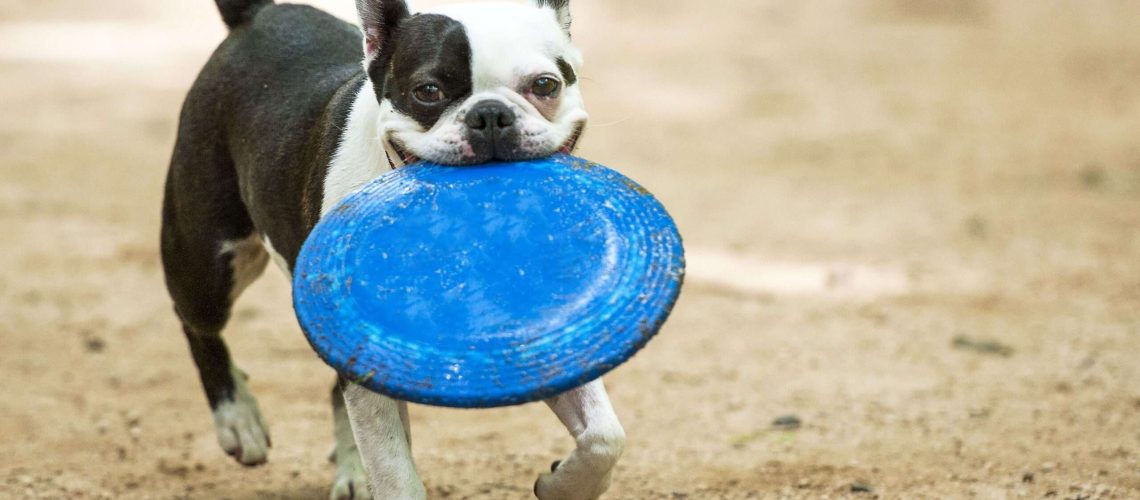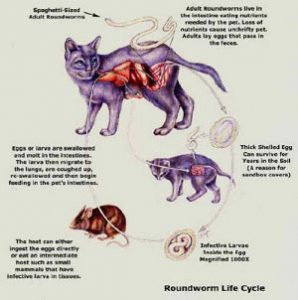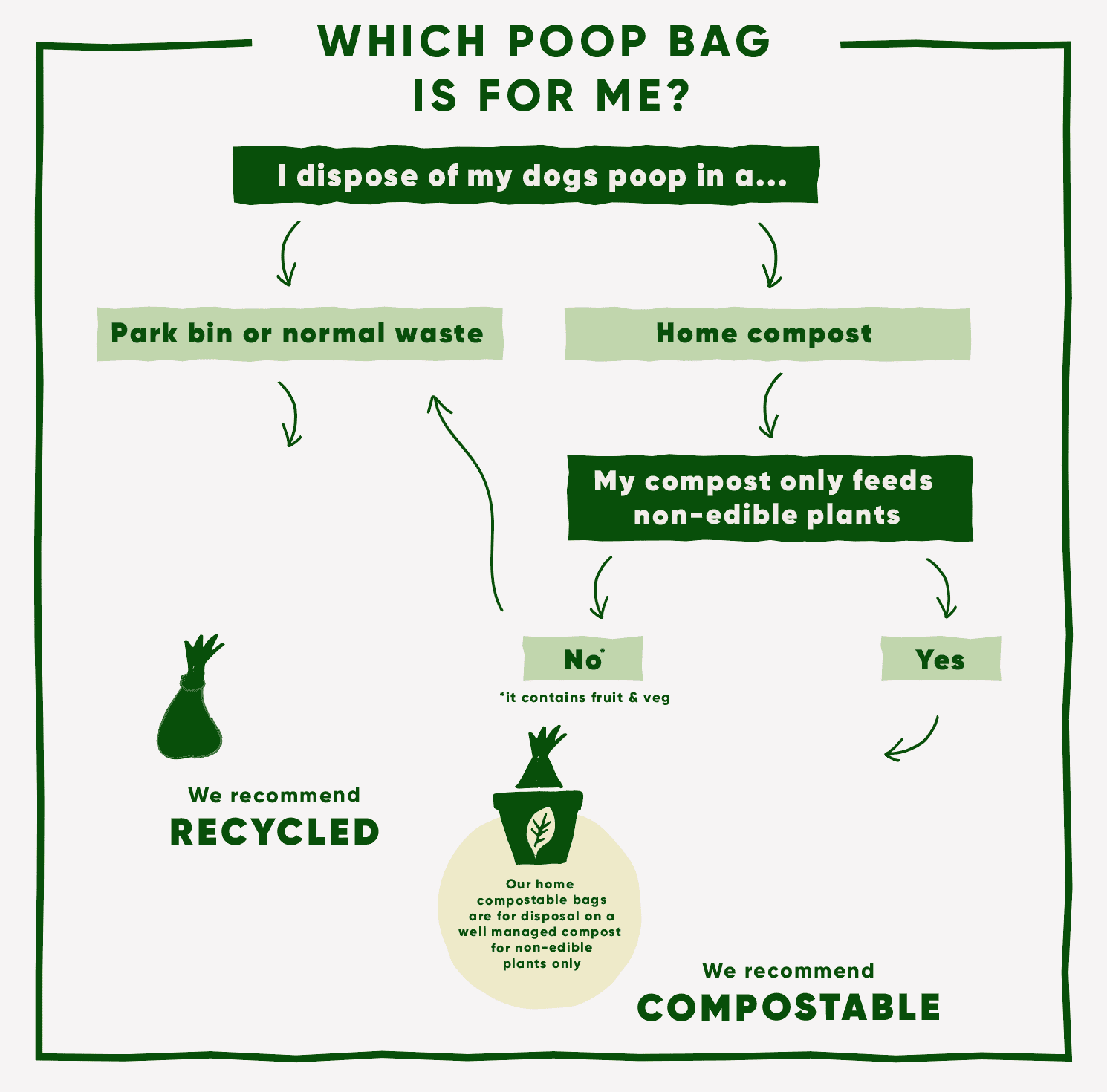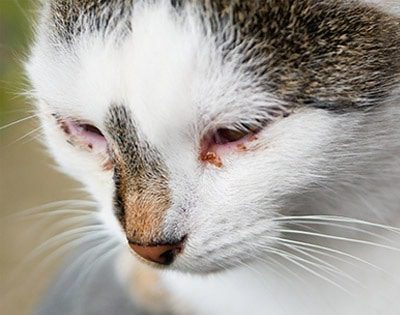Key Takeaways:
-
1. Vaccination is crucial: Ensure your dog is up to date on their leptospirosis vaccination to provide them with the best protection against the disease during an outbreak.
2. Avoid stagnant water sources: Prevent your dog from drinking or swimming in areas with stagnant water, as it can be a breeding ground for the bacteria that causes leptospirosis.
3. Practice good hygiene: Wash your hands thoroughly after handling your dog or cleaning up their waste to minimize the risk of transmission and protect yourself from potential infection.
4. Keep rodents away: Reduce the presence of rodents around your home and yard by sealing any openings and removing potential food sources, as they are common carriers of leptospirosis.
5. Regular veterinary check-ups: Schedule regular check-ups with your veterinarian to monitor your dog's overall health and detect any early signs of leptospirosis, allowing for prompt treatment if necessary.
Are you a dog owner who wants to keep your furry friend safe and healthy? If so, understanding how to protect your dog from leptospirosis during an outbreak is essential. Leptospirosis is a dangerous bacterial infection that can be transmitted to dogs through contaminated water or contact with infected animals. By delving into this subject, you will gain valuable knowledge on how to safeguard your beloved pet from this potentially life-threatening disease. In this article, we will explore the best practices for keeping your dog safe from leptospirosis, providing you with practical tips and insights. So let's dive in and ensure the well-being of your canine companion!
What is leptospirosis and why is it important to keep your dog safe?
Leptospirosis is a bacterial infection that can affect both animals and humans. It is caused by the Leptospira bacteria, which can be found in water, soil, and the urine of infected animals. Dogs are particularly susceptible to this disease, and it can be very dangerous if left untreated.
Leptospirosis can cause a range of symptoms in dogs, including fever, vomiting, diarrhea, muscle pain, and jaundice. In severe cases, it can lead to organ failure and even death. This is why it's so important to keep your dog safe from this disease.
How dogs can get leptospirosis and signs of the disease
Dogs can get leptospirosis through contact with contaminated water or soil that contains the Leptospira bacteria. They can also contract the disease if they come into contact with the urine of an infected animal, such as rats or wildlife.
The signs of leptospirosis in dogs can vary depending on the severity of the infection. Some common signs include:
- Fever
- Vomiting
- Diarrhea
- Lethargy
- Poor appetite
Tips to prevent leptospirosis in your dog during an outbreak
To keep your dog safe from leptospirosis during an outbreak, there are several steps you can take:
- Avoid letting your dog drink from puddles or stagnant water sources.
- Keep your dog away from areas where there may be infected wildlife or rodents.
- Make sure your dog's vaccines are up to date, as there is a vaccine available for leptospirosis.
- If you suspect an outbreak in your area, consider keeping your dog on a leash and avoiding high-risk areas.
Places or situations where your dog might be at higher risk of getting leptospirosis
There are certain places or situations where your dog may be at a higher risk of contracting leptospirosis:
- Rural areas with wildlife populations
- Flooded areas with contaminated water
- Dog parks with standing water
- Areas with a high rat population
What to do if you think your dog has been exposed to leptospirosis
If you suspect that your dog has been exposed to leptospirosis, it's important to seek veterinary care right away. The veterinarian can perform tests to confirm the diagnosis and start appropriate treatment. It's crucial not to wait, as early treatment can greatly improve the chances of recovery.
Can humans get infected with leptospirosis and how to protect yourself and your family
Yes, humans can also get infected with leptospirosis. The bacteria can enter the body through cuts or abrasions on the skin, or through mucous membranes such as the eyes, nose, or mouth. It's important to take precautions to protect yourself and your family:
- Avoid contact with potentially contaminated water or soil.
- If you need to handle animals that may be infected, wear protective clothing and gloves.
- Wash hands thoroughly after handling animals or coming into contact with potentially contaminated surfaces.
- If you develop symptoms such as fever, headache, muscle pain, or jaundice after possible exposure to leptospirosis, seek medical attention.
How dogs can get leptospirosis and signs of the disease
Leptospirosis is a bacterial infection that dogs can contract through contact with contaminated water, soil, or urine from infected animals. Dogs are at higher risk of getting leptospirosis if they spend time outdoors in areas where wildlife or other infected animals may be present. The bacteria can enter their body through cuts or abrasions on their skin, or by drinking or licking contaminated water.
Once a dog is infected with leptospirosis, it may take anywhere from a few days to several weeks for symptoms to appear. Common signs of the disease include fever, vomiting, diarrhea, loss of appetite, lethargy, and muscle pain. Some dogs may also develop jaundice (yellowing of the skin and eyes) due to liver damage caused by the infection.
If you notice any of these symptoms in your dog, it is important to seek veterinary care immediately. Leptospirosis can be a serious and potentially life-threatening illness if left untreated.
Signs of leptospirosis in dogs:
- Fever
- Vomiting
- Diarrhea
- Loss of appetite
- Lethargy
- Muscle pain
- Jaundice
Preventing leptospirosis in dogs:
To reduce the risk of your dog contracting leptospirosis, there are several preventive measures you can take:
1. Vaccination: Ensure your dog receives regular vaccinations against leptospirosis as recommended by your veterinarian.
2. Avoid contaminated areas: Keep your dog away from stagnant water sources such as ponds or puddles where the bacteria may be present.
3. Practice good hygiene: Wash your hands thoroughly after handling your dog's urine or feces to prevent potential transmission.
4. Use flea and tick control: These parasites can carry the bacteria and transmit it to your dog, so ensure your pet is protected.
5. Keep your dog's environment clean: Regularly clean and disinfect areas where your dog spends time to minimize the risk of contamination.
Remember, early detection and treatment are crucial in managing leptospirosis in dogs. Regular veterinary check-ups and open communication with your veterinarian can help ensure the health and well-being of your furry friend.
Tips to prevent leptospirosis in your dog during an outbreak
Keep your dog's environment clean and free from rodents
Rodents, such as rats and mice, are common carriers of the bacteria that cause leptospirosis. To prevent your dog from getting infected, it is important to keep their environment clean and free from rodents. Make sure to seal any holes or cracks in your home where rodents can enter. Keep food stored in sealed containers to avoid attracting rodents. Regularly clean up any spilled food or garbage that may attract them.
Vaccinate your dog against leptospirosis
One of the most effective ways to protect your dog from leptospirosis is by vaccinating them against the disease. Consult with your veterinarian about the appropriate vaccination schedule for your dog. The vaccine provides immunity against the most common strains of leptospirosis and can significantly reduce their risk of infection.
Avoid stagnant water sources
Leptospira bacteria thrive in warm, moist environments such as stagnant water sources. Avoid letting your dog drink from puddles, ponds, or other bodies of water that may be contaminated with urine from infected animals. If you take your dog for walks near such areas, keep them on a leash and prevent them from drinking or coming into contact with potentially contaminated water.
Places or situations where your dog might be at higher risk of getting leptospirosis
Urban areas with high rodent populations
Urban areas with high rodent populations pose a greater risk of leptospirosis transmission to dogs. This includes neighborhoods near restaurants, garbage dumps, or areas with poor waste management practices. These places provide ample food sources for rodents, increasing the likelihood of exposure to infected urine.
Preventive measures:
- Keep your dog on a leash and avoid letting them roam freely in areas with high rodent populations.
- Regularly clean up any spilled food or garbage in your neighborhood to discourage rodents from gathering.
- Seal any holes or cracks in buildings to prevent rodents from entering.
Outdoor activities near water bodies
Engaging in outdoor activities near water bodies, such as lakes, rivers, or swamps, can put your dog at a higher risk of leptospirosis. These environments may be contaminated with urine from infected animals, especially wildlife.
Preventive measures:
- Avoid letting your dog drink from or swim in stagnant water sources.
- Keep your dog on a leash during outdoor activities near water bodies to prevent them from exploring potentially contaminated areas.
- After outdoor activities, thoroughly wash and dry your dog's paws and body to remove any potential bacteria.
What to do if you think your dog has been exposed to leptospirosis
If you suspect that your dog has been exposed to leptospirosis, it is important to take immediate action to protect their health and prevent the spread of the disease. Here are the steps you should follow:
Contact your veterinarian
Reach out to your veterinarian as soon as possible and provide them with detailed information about the potential exposure. They will guide you on the next steps based on your dog's specific situation.
Isolate your dog
To prevent the potential spread of leptospirosis to other pets or humans, isolate your dog from other animals until they have received appropriate medical treatment. This includes keeping them away from shared spaces and avoiding close contact with other pets or family members.
Follow veterinary recommendations
Your veterinarian may recommend diagnostic tests to confirm leptospirosis infection and prescribe appropriate treatment. Follow their instructions carefully and administer any medications as prescribed. Monitor your dog's symptoms closely and report any changes or concerns to your veterinarian.
Can humans get infected with leptospirosis and how to protect yourself and your family
Leptospirosis is a zoonotic disease, which means it can be transmitted from animals to humans. Here's what you need to know about protecting yourself and your family:
Practice good hygiene
Wash your hands thoroughly with soap and water after handling animals, especially if they have been in contact with potentially contaminated environments. Avoid touching your face, mouth, or eyes before washing your hands.
Avoid contact with potentially infected urine
Leptospirosis can be contracted through direct contact with urine from infected animals. Avoid touching or cleaning up urine without proper protection, such as gloves or other barrier methods. If you suspect an area may be contaminated with animal urine, avoid direct contact.
Vaccinate yourself if necessary
In certain high-risk occupations or situations, such as veterinary work or outdoor activities in endemic areas, vaccination against leptospirosis may be recommended for humans. Consult with a healthcare professional to determine if vaccination is necessary based on your specific circumstances.
Remember, early detection and prompt treatment are crucial for both dogs and humans when it comes to leptospirosis. By following these preventive measures and seeking appropriate medical care when needed, you can help protect the health of your beloved pets and family members.
In conclusion, it is important to take necessary precautions to keep your dog safe from leptospirosis during an outbreak. By avoiding stagnant water, keeping vaccinations up to date, and practicing good hygiene, you can help protect your furry friend from this potentially dangerous disease.
How do I protect my dog from the leptospirosis?
The existing vaccines currently on the market are successful in preventing leptospirosis and providing dogs with protection for a minimum of 12 months. It is advised that dogs at risk should receive an annual vaccination. Minimizing your dog's exposure to potential sources of the Leptospira bacteria can decrease the likelihood of infection.
What are the odds of getting leptospirosis in dogs?
The predicted probabilities range from 0.023 to 0.371, suggesting that around one-third of the dogs tested are likely to have leptospirosis. The scale is color-coded from green to red, with green representing lower probability and red representing higher probability.
How are dogs most often exposed to the leptospirosis bacteria?
The bacteria can invade the body through either the skin or mucous membranes, such as the eyes, nose, or mouth. This is more likely to occur if the skin has been cut or scratched. Dogs typically contract the infection by ingesting, swimming in, or walking through water that has been contaminated.
How quickly do leptospirosis symptoms appear in dogs?
Dogs typically exhibit symptoms of leptospirosis about one to two weeks after being exposed to the bacteria. The signs can differ depending on which parts of the body are affected, but common indicators may include fever, shaking, loss of appetite, muscle pain, vomiting, dehydration, and, in more serious instances, kidney or liver damage.
Can my dog get leptospirosis by licking the grass?
Dogs can become infected with leptospirosis when they lick or drink from contaminated grass, sidewalks, or water sources. This can have fatal consequences. The American Veterinary Medicine Association (AVMA) has identified the following risks for dogs contracting leptospirosis: drinking from rivers, lakes, or streams.
Where is leptospirosis most common for dogs?
Nevertheless, there are still occasional occurrences of disease outbreaks because vaccines only provide protection against the four most common types of Leptospira. Initially, Leptospirosis was more prevalent in rural and wooded regions, but it is now frequently found in urban areas as well.

















